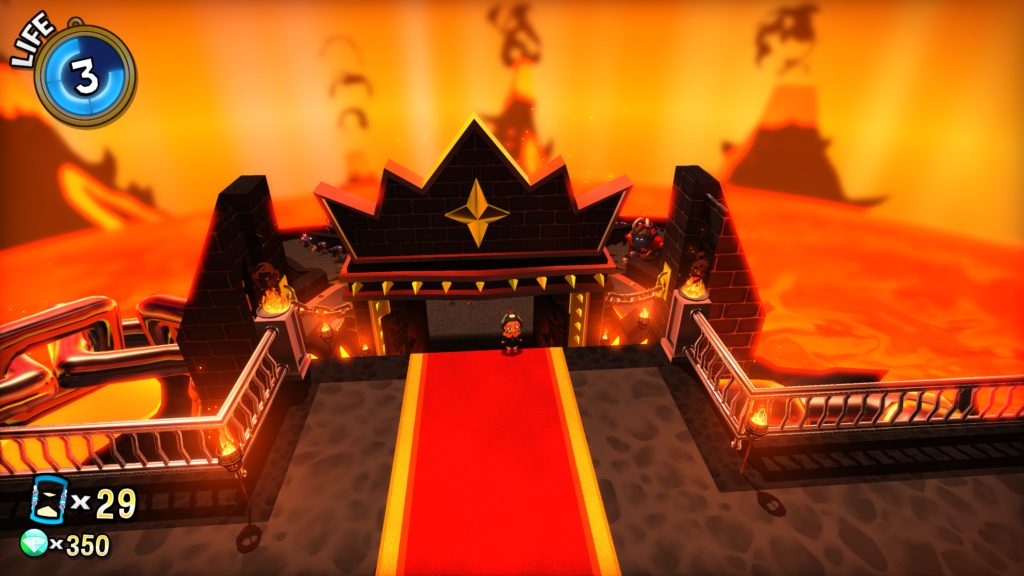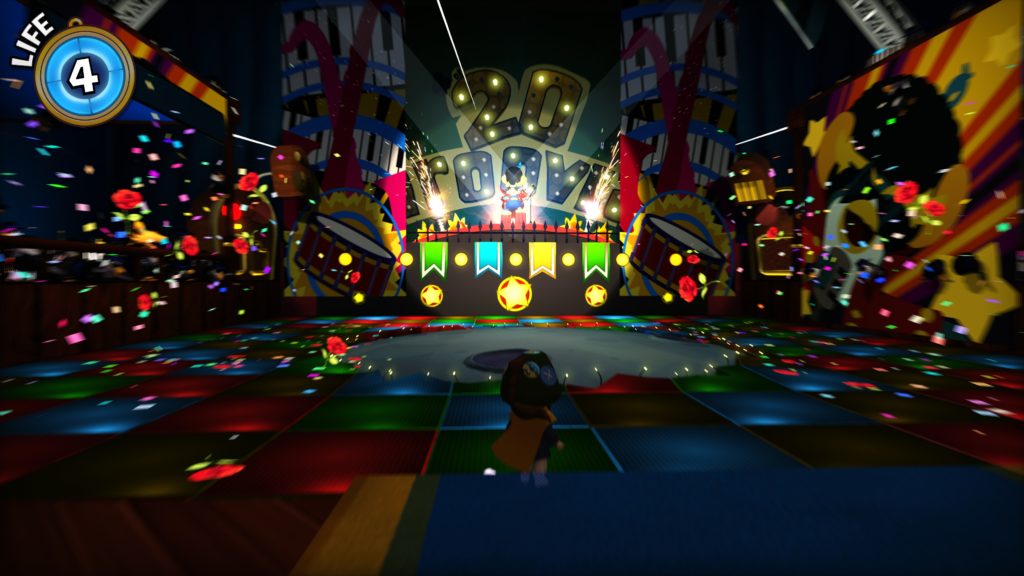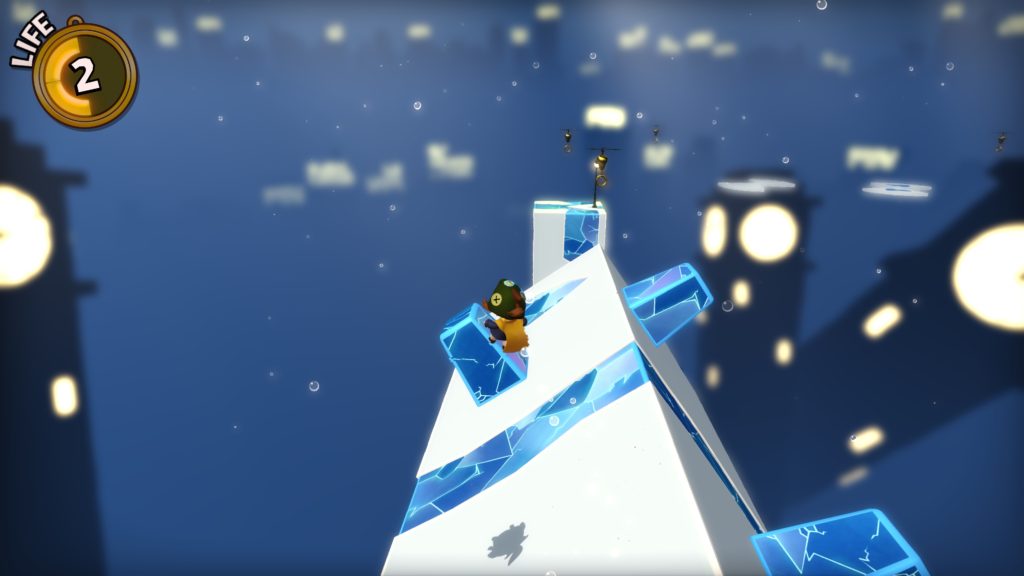More info from Gears for Breakfast
- Genre: Platformer
- Platform: PC
- Also Available On: MacOS, PS4, Xbox One
TL;DR
- Great riff on the Super Mario Sunshine game loop with some clever mechanics to avoid feeling too samey
- Solid core platforming mechanics held back a bit by some auto activated actions
Back in the Yooka-Laylee write up I wrote “I’ve seen a lot of people saying that this game proves that 3D platformers are dead, but I’m not convinced.” A Hat in Time is proof of that. While it’s far from a perfect game, it picked a great game to start with and moved in its own direction to give us a classically-inspired platformer that doesn’t fall prey to the nostalgia trap that others have.

It’s obvious right from the start that the team behind the game loved Super Mario Sunshine. The core game loop is 100% there. Each world has some common theme with a bunch of different missions, replacing shine collection with a time piece. After finishing a bunch of the individual segments, you get a spectacular boss fight, then on to the next world. Secret levels are scattered throughout to test your platforming skills and give more time pieces as you earn different abilities. Rather than FLUDD, you get a bunch of hats and badges as helpers, but the helper effect in puzzle solving and combat is similar. It’d be easy knock the game for being so close, but once you get past the basics the game starts bringing in some unique pieces to make the game feel unique on its own.
Each world has its own theme, whether it be the mafia-filled restaurant island or a haunted forest where you lose your soul. More importantly though, each world plays different. As an example, one world involves the travels through an active movie studio. Rather than going with the open level pattern that Sunshine uses, you instead go through parallel movie sets actively helping in film some movies. Another instance has a true open-world taking place in a set of sky islands, where you never drop out of the world after collecting a time piece. In doing this, the gameplay feels familiar, but the actual pace of world completion changes enough to feel fresh throughout.

The breadth of powers available in hats and badges also opens up the gameplay a lot more than the Mario source. In the badge department, some of these purely exist as helpers, whether it’s a collection magnet or a radar to find treasures in the world. Some of them add practical moves, like a hookshot or the ability to quick-charge hat powers. Still others are just there for fun, like the one that replaces voiceovers with mumbling. Hats are more direct in their use, allowing for things like slowing time or creating platforms out of specially marked areas. The important thing is that you’re limited in what can be equipped at a time to one hat and eventually up to three badges. This lends an important strategic element as swapping out your gear in the middle of a fight can be a big hazard, so the planning element of figuring out what gear you want can be the difference between life and death.
That’s not to say that this game entirely avoided all the common pitfalls of 3D platformers. When the camera is free to move, there’s still a lot of areas where the camera either gets in your way, or the need to move it causes havoc in tight platforming areas. There’s also a number of auto-activated moves that like to cause chaos. The wall run in particular had a habit of activating when I was just trying to platform near a wall, often causing me to catch over a gap and fall to my death. Generally speaking though things worked as well as I expect out of the genre, and problems I had were minimal enough to not cause me to want to shelve the game out of lack of patience.

If there’s anything I’d really say here as a wrap up note, it’s that nostalgia-based platformers probably want to be careful of where they pull their source. Yooka-Laylee took inspiration from slower Banjo-Kazooie collectathons and joke-focused writing, much to its detriment. In going with something like Super Mario Sunshine, A Hat in Time was able to take a game loop that is much more immediately satisfying to the user, and write a light, but still solid story that didn’t need to lean on in-jokes to try to get laughs out of the audience. By then adding its own spins to both the move set and world flow, it was able to do something unique to itself to avoid feeling like a carbon copy of the original. With Super Mario Odyssey just a few days away, I’m pretty confident that we’ve yet to see the end of this genre.

One Reply to “Game Ramblings #56 – A Hat in Time”
Comments are closed.